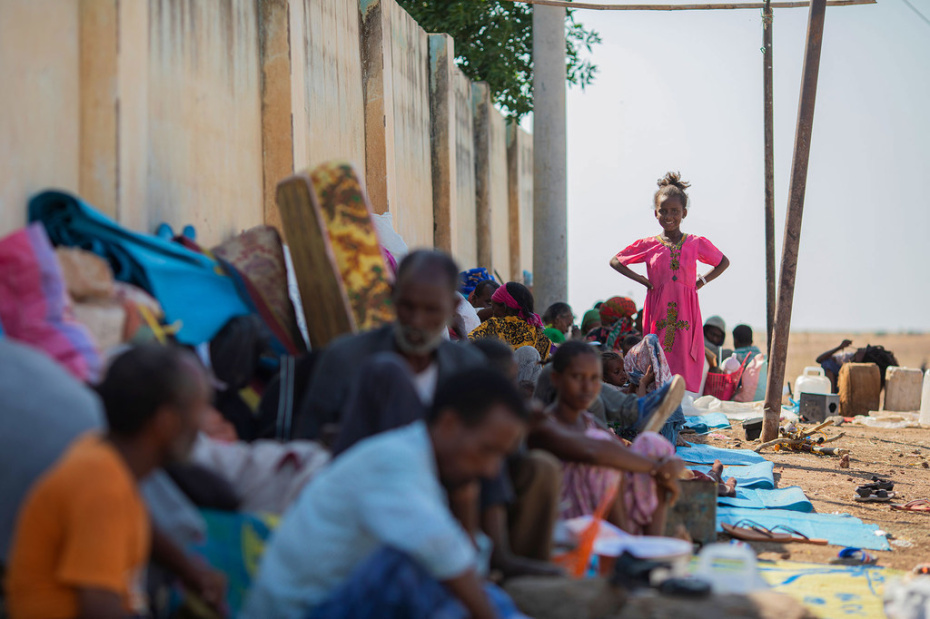Breadcrumb

UN working at ‘full speed’ to prepare for humanitarian mission to Ethiopia’s Tigray

“There are still operational issues of a logistical nature, some of them are of a security nature, that are being worked out, so that we can proceed with the missions”, said Jens Laerke, spokesperson, for the Office for the Coordination of Humanitarian Affairs (OCHA), adding that “everyone of course (is) working full speed to make that happen.”
On Wednesday, the UN announced that agreement had been reached with the Ethiopian Government to allow “unimpeded, sustained and secure access” for humanitarian supplies to reach those in need across areas now under its control in the northeastern area.
At a scheduled press conference in Geneva, the UN Refugee Agency (UNHCR) said that it was “poised” to resume full humanitarian activities in the Tigray region “as soon as the situation allows” following the agreement to restore access.
Exodus continues
More than 47,000 Ethiopian refugees have now reached Sudan, UNHCR spokesperson Babar Baloch told journalists.
More than 1,000 had arrived on Thursday, he said, reporting that more were on the move behind them in search of safety, including “a small number” of Eritrean refugees.
To date, 11,150 refugees have been transferred from Hamdayet and Abderafi border points to Sudan’s Um Rakuba camp, some 70 kilometres from the Ethiopian border.
In the town of Shire in Tigray, UNHCR and partners “have already distributed water, high energy biscuits, clothes, mattresses, sleeping mats and blankets to an estimated 5,000 internally displaced people”, Mr. Baloch said.
But he added that discussions were still ongoing “with the federal government’s refugee agency on logistics arrangements, and the need to assess the security situation before the resumption of humanitarian activities”.
Disease threat
Responding to concerns about the impact of the conflict on civilians, World Health Organization (WHO) spokesperson Tarik Jasarevic, said that the worsening of the COVID-19 pandemic in the region was to be expected, along with “injuries, malnutrition, communicable diseases such as malaria, as well as increased needs for non-communicable diseases drugs”.
On behalf of the World Food Programme (WFP), spokesperson Tomson Phiri said the agency welcomed the signing of the agreement to enable access to areas under the Federal Government’s control in Tigray and the bordering areas of Amhara and Afar regions.
The agency’s priority “is to locate some of the 50,000 Eritrean refugees who before the conflict, received food assistance in four camps in Tigray” he added, although it was possible “that some may have fled by now in search of safety”.
Speeding up delivery
WFP will continue to seek ways to “speed up delivery of food supplies to refugee camps in Tigray as well as to reach people in need elsewhere”, Mr Phiri insisted, noting that the agency has provided supplementary food assistance to 42,000 people in Tigray.
Overall, some one million people received humanitarian support before the fighting began in early November, according to WFP.
Ahead of assessment missions by the UN and its partners, the UN agency provisionally estimated that up to two million people from Tigray Region would need assistance, it said in a statement.
